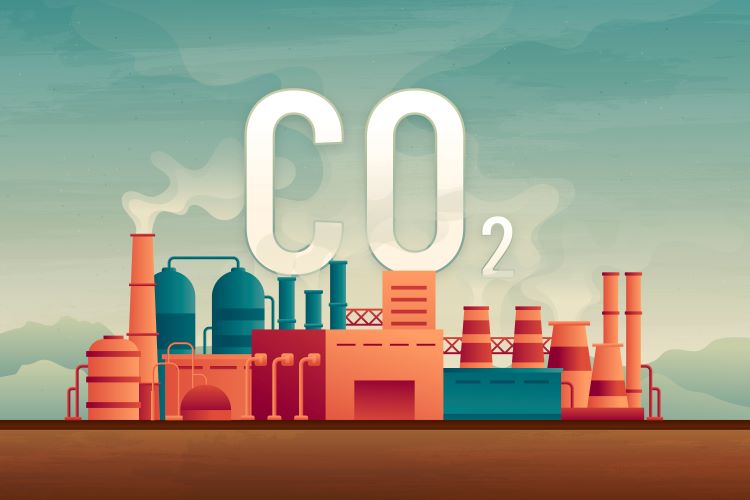
The following presentation was delivered as part of the 2023 American Concrete Institute (ACI) Concrete Convention hosted in San Francisco.
This presentation by Milena Ramgoolam from Vital Metrics was on the topic of Concrete Pavement Sustainability: Optimising Mix Design for Durability. This is the Part 3 of a four-part article.
… continued from Part 2.
Process contributions to GWP
Analysing process contributions to GWP, cement emerges as the primary contributor, ranging from 73% to 93%. Other processes such as transportation, slag, and mixing play significant roles, albeit to a lesser extent. This emphasises the importance of scrutinising the entire lifecycle and pinpointing areas for improvement.
Cement production sensitivity and granularity
Our study underscores the significance of cement production data granularity. While we currently rely on industry averages, using more recent data results in lower environmental impacts. However, the granularity of cement data in the US needs improvement to provide a more accurate representation of the environmental footprint.
Unveiling potential savings
In the pursuit of sustainability, we investigated the potential carbon savings achievable in our analysed projects. This exploration aims to identify opportunities for further optimisation and reduction of environmental impact, fostering a more sustainable future for concrete pavement construction.
Realising sustainability through mix design optimisation
In the continuation of our exploration into mix design optimisation, I want to highlight the significant potential for greenhouse gas (GHG) reduction by addressing overdesign. The analysis of 17 mixes with the potential for paste reduction (between one and around 5%) revealed a clear relationship between paste reduction and GHG reduction percentages. The more we reduce paste content, the more significant the GHG reduction, reaching up to 15%. This reduction is achieved through straightforward mix design optimization, primarily focusing on improved aggregate gradation.
Practical sustainability solutions
One example of a practical and sustainable solution is a simple modification involving an extra barrel for middle-sized aggregates. This uncomplicated adjustment in aggregate gradation can lead to substantial carbon savings. It’s a low-tech approach with the potential to make a significant impact on the environmental footprint of concrete pavement construction.
Translating savings to pavement sections
To contextualise the impact, let’s translate the total savings achievable through mix design optimisation into a tangible comparison. If we optimise the mix design for one lane mile (1.6km) of pavement that’s 25cm thick, the carbon savings would be equivalent to removing 27 commuters from the road for a year. This analogy emphasises the practicality and ease of implementing mix design changes compared to other sustainability measures.
Continued in Part 4…
More news
- DOK-ING’s innovative electric mining equipment unveiled at ElectraMining
- CONCOR’S MASTERY IN FAST TRACK PROJECT IMPLEMENTATION UNDERSCORED BY SAFETY AWARD
- PROMINENT SEA POINT HOTEL REFURBS WITH REHAU
- CONCRETE ROOF TILES USED FOR WALL CLADDING ON COASTAL HOME
- THE GREENEST RESIDENTIAL DEVELOPMENT IN AFRICA?





